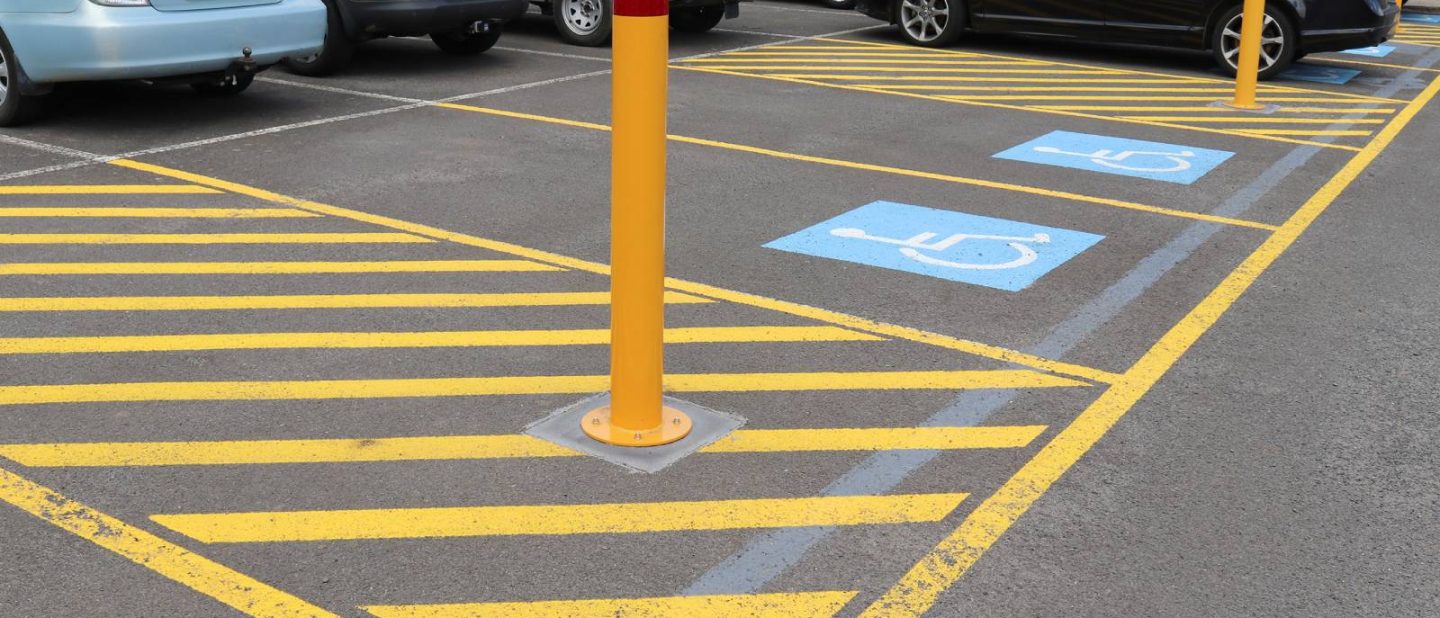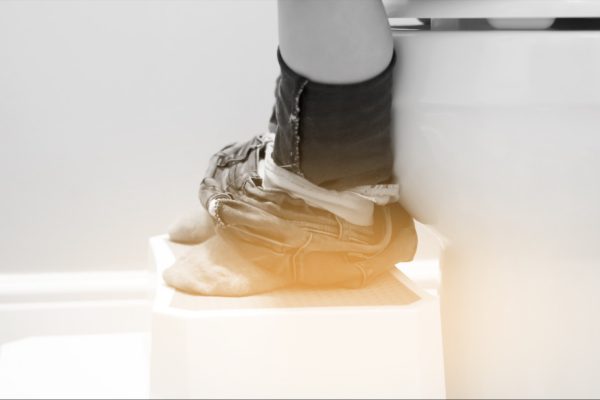
Is it parking paradise?: disability parking spaces
By Linda Williams
I had absolutely no idea until I was thrust into the world of disability that a disabled parking bay could be such a frustrating space.
We all know these bays are designated for vehicles displaying a permit in the windscreen. These bays and the permits are easily identified with the International Symbol of Access (ISA) which consist of a blue square overlaid in white with a stylised image of a person in a wheelchair. Find the designated space, adhere the permit to the windscreen and the vehicle can use the bay. Done. Well, so you would think.
When our son was 3 years old, and the effects of Duchenne Muscular Dystrophy were beginning to weaken his leg muscles, we were advised to apply for a disability parking permit. To be eligible our son had to fall into one of these two areas for Queensland residents:
- unable to walk and always require the use of a wheelchair.
- ability to walk is severely restricted by a permanent medical condition or ability to walk is severely restricted by a temporary medical condition or disability that you will have for 6 months or more as certified by your doctor or occupational therapist.
- The eligibility was recently updated in Queensland from 31 August 2020 to include people with a vision impairment who are diagnosed as legally blind.
We then spent a bit of time in waiting rooms, firstly waiting to see the doctor so he could sign off on the application form, and then at Queensland Transport waiting to see a staff member to lodge the signed off forms.
I remember feeling the unease of having to accept a disability parking permit into our lives. It made everything more real in those early days of receiving the diagnosis. It then took me some time to bring the permit out of the glovebox and sit it in the front window of my car. I was admitting to myself that my son’s condition really was a part of my lives and my back was telling me we needed to use the permit.
I know it was imaginary, but it felt like a lot of eyes were watching us those first few times we made use of it.
For me to be compelled to write this blog post I have obviously seen misuse of disability parking bays. Boy, true that! Ignorance has been the theme of most of these instances, but selfishness hasn’t been far behind either, I’m afraid.
A little guideline that people should use is this: if you don’t have a disability parking permit, then a disability parking bay for is not for you.
That’s it.
Starting a sentence with the words “I was just…[enter not disabled reason here]”, “Everybody does it.” or “[Someone] said I could.”, does not override someone with a disability permit.
Why are disabled parking bays so important?
Generally, they are a little wider to allow for the disabled person to have enough space to access the vehicle.
Some disabled bays have painted yellow chevron lines next to them. Seen them? I didn’t know what they were about until I needed to use it.
These spaces allow room for a person with a disability to access the side of their vehicle. There is also usually a dip in the kerb near the disabled bay so that a wheelchair can get up on to the footpath.
Here’s where I mention it’s also not ok to park on these lines (I’m looking at you motorcyclists!).
The bays are also located close to the entry of a venue (shopping centre, school, sports stadium etc). For us, the benefit is that we can get our son in his wheelchair, out of our van and quickly off the road and out of harm’s way in a busy car park.
These are some of the benefits of these bays to a person with a disability.
Recently, I’ve heard about an etiquette for using the disabled bays amongst other disability permit holders. Before I go further though I’d like to point out that if you hold a disability parking permit then you are fully entitled to use the space, and what I refer to next are points raised to me that have made me think:
Is it ever ok to have a permit displayed in a vehicle and use a disabled parking bay yet the disabled person is not present? I’m trying to rattle my brain to think of a scenario where that would be ok. It would be disappointing that someone took advantage of the permit as it takes access for someone else with a disability who could need it.
We should never assume though. I have dropped my son off at times and returned to my vehicle alone and been given a filthy look to mean that I wasn’t entitled to be parked there. They just hadn’t seen him arrive with me.
The other point that was raised was if someone who has a permit – and the disabled person is in the car – uses the bay as a parking spot while they may, for example, wait for someone else. The disabled person does not get out of the car for the duration of the time parked there. Should their vehicle then be more considerate by using a standard parking bay for that purpose? I’ve not been in the position to do that but the answer is not black and white either. It would depend on the circumstances each time. But points raised like this are things I’ve never considered before.
Discussions like this come up because basically empty disability parking bays are hard to find, especially at peak times. The general rule of thumb for a shopping centre car park is that there is one disabled parking bay for around every fifty standard bays. This is variable dependant on the venue they are attached to. You will find more at a venue visited by a higher number of disabled persons.
There are other places to park sometimes. Queensland Transport allows you to park for free in any local government metered or regulated parking area if you display a valid disability parking permit. A vehicle with the permit can park for 30 mins if the time limit shown on the sign is for less than that and additionally park for an unlimited amount of time when the signage displays a time greater than 30 mins (eg 1 hour, 2 hour, 4 hour signs). I utilise this when I need to visit a hospital with my son. Private car parks mostly still charge. Some shopping centres will waive a parking charge if you register your cars details and disability permit at their concierge desk.
I continually hope people’s disrespect of disability parking bays improves. With some knowledge and understanding it might. Not being able to use a disability parking bay means we may not have anywhere safe to park for my son to get out of the van, and he’d have to navigate a busy car park in his power wheelchair, in a space not designed for his chair and moving cars to pass each other.
Using a disabled bay without a permit might mean you have had a shorter walk, get a bit less wet in the rain, only parked there for 5 minutes, were only dropping off/picking up. But you have legs that work. Just stop and consider, this may have made us have to drive around looking for another disability parking space or made us late for an appointment/work/school.
Let us all remember that in a predominately able-bodied world there are those in our community who require a few adjustments to do things able bodied people can do without much thought.






